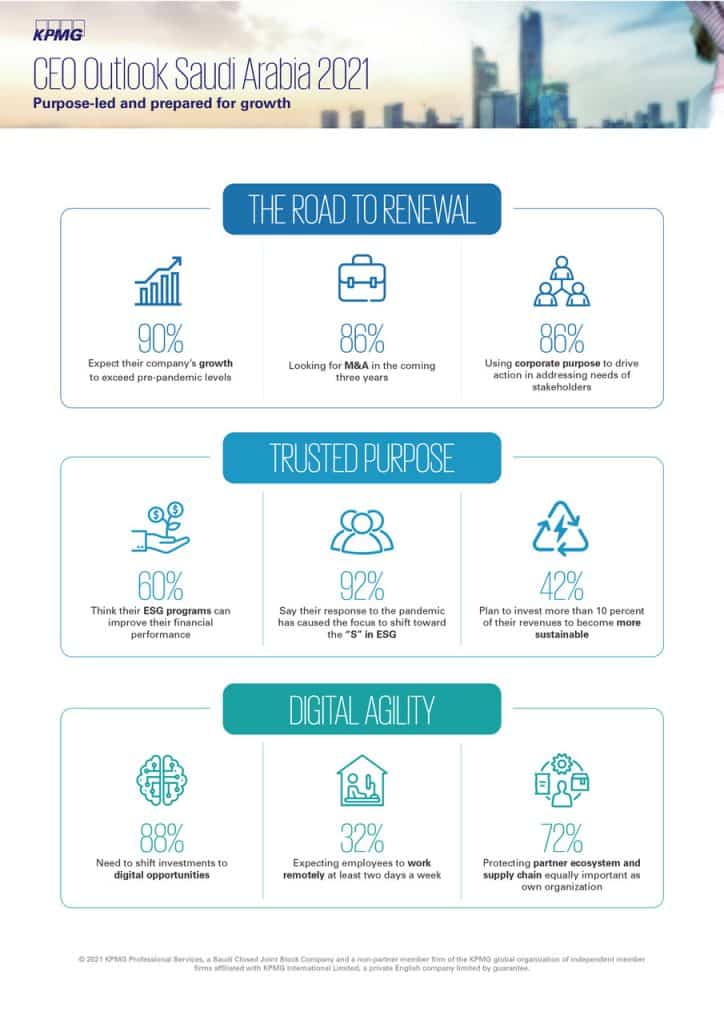- The Annual Investment Meeting 2022 has announced prizes for Startups attending the pitching competition.
- The Annual Investment Meeting will serve as the premiere platform for Startups planning to scale up & expand to Dubai.
The world’s renowned and leading investment platform, The Annual Investment Meeting, will be providing prizes for startups at the startup pitch competition. The initiative will support and bring numerous opportunities, facilitate growth and future developments among global startups. The next chapter of the Annual Investment Meeting will be held on 29 – 31 March 2022, under the theme “Investments in Sustainable Innovation for a Thriving Future”, and will provide a powerful platform for startups to maximize their potential, expand their network, and grow globally.

The Annual Investment Meeting’s Startup Pillar will host Live Pitching sessions, with the participation of the startups who will be physically exhibiting at the Dubai Exhibitions Centre at EXPO 2020 Dubai, or digitally via state-of-the-art virtual events platform, Events10X.
Startups will get the opportunity of networking with key industry figures, engaging with clients & investors, showcasing their innovations & B2B Matchmaking. The startups pitching competition will be based on the 3 tier Round of Funding format featuring various startups globally in the Pre-Seed, Seed & Series A funding categories. Startups will get the chance to win up to 110k AED in cash prizes and secure funding from global accelerators and Venture Capital firms.
The Annual Investment Meeting 2022 will also provide a virtual access to startups to gain maximum exposure and get connected with local and international investors from more than 170 participating countries, offering them abundant opportunities to find new sources of funding and financing solutions for their business.
The Annual Investment Meeting 2022 strives to support all economic sectors by opening numerous doors of opportunities to the world, as a dynamic roadmap to recovery from COVID-19, as it highlights six multi-faceted pillars including Startups. With AIM’s pillars, AIM 2022 actively supports businesses, multinational organizations, regions, and countries during the rapid shift of the economy by extending its scope and not only by focusing on FDI. AIM 2022 is highly agile, and will serve as a dynamic gateway to jumpstart economies and boost economic productivity.
Across the globe, startups play a crucial role in developing new industries and creating innovative ideas. AIM helps startups by mentoring early-stage venture investment or seed funding. The Annual Investment Meeting 2022 will also provide virtual access to startups, providing them with the opportunity to gain maximum exposure and get connected with local and international investors from more than 170 participating countries, giving them abundant opportunities to find new sources of funding and financing solutions for their business.
Globally, startups contribute significantly to economic development and job creation. By 2030, the number of startups around the world is expected to increase and will create more than 600 million jobs. A wide range of activities await participating Startups at AIM 2022, such as World-Class Conferences and Workshops. Startups can explore innovative strategies and practices led by more than 300 high-level speakers which include, world leaders, ministers and heads of distinguished local and international organizations. The Exhibition will be participated by the best local and international exhibitors with the goal of achieving economic growth for their respective country and region.
According to start-up data platform MAGNiTT, MENA-based start-ups attracted $1.03 billion in investments in 2020, an increase of 13 percent from 2019. The UAE received 56 percent of all investments regionally. The region’s startups typically received funding from friends and family to get off the ground. An increase in the number and awareness of angel investors is making it easier for entrepreneurs to approach them for funding. In August, Mena startups raised over $ 160 million across 44 deals, bringing the year’s total to $1.78 billion. A total of $83.6 million was raised by 14 startups in the UAE, helping the UAE maintain its top ranking in the region.
AIM 2022 will provide businesses, governments and civil society with an independent and future-oriented platform to amplify their efforts influencing and facilitating multistakeholder interaction and impact. The Startup pillar will connect keen investors looking for new avenues and investment projects in a sustainable and innovative environment, as well as governments looking for startup projects to increase their economic growth.
About the Annual Investment Meeting
The Annual Investment Meeting (AIM) is an initiative of the UAE Ministry of Economy, held under the patronage of His Highness Sheikh Mohammed bin Rashid Al Maktoum, Vice-President and Prime Minister of the UAE, and Ruler of Dubai. AIM is the world’s leading investment platform with over 16,000 participants, over 400 exhibitors and co-exhibitors, 60+ high-level dignitaries, 150+ investment specialists and experts in 2019.








